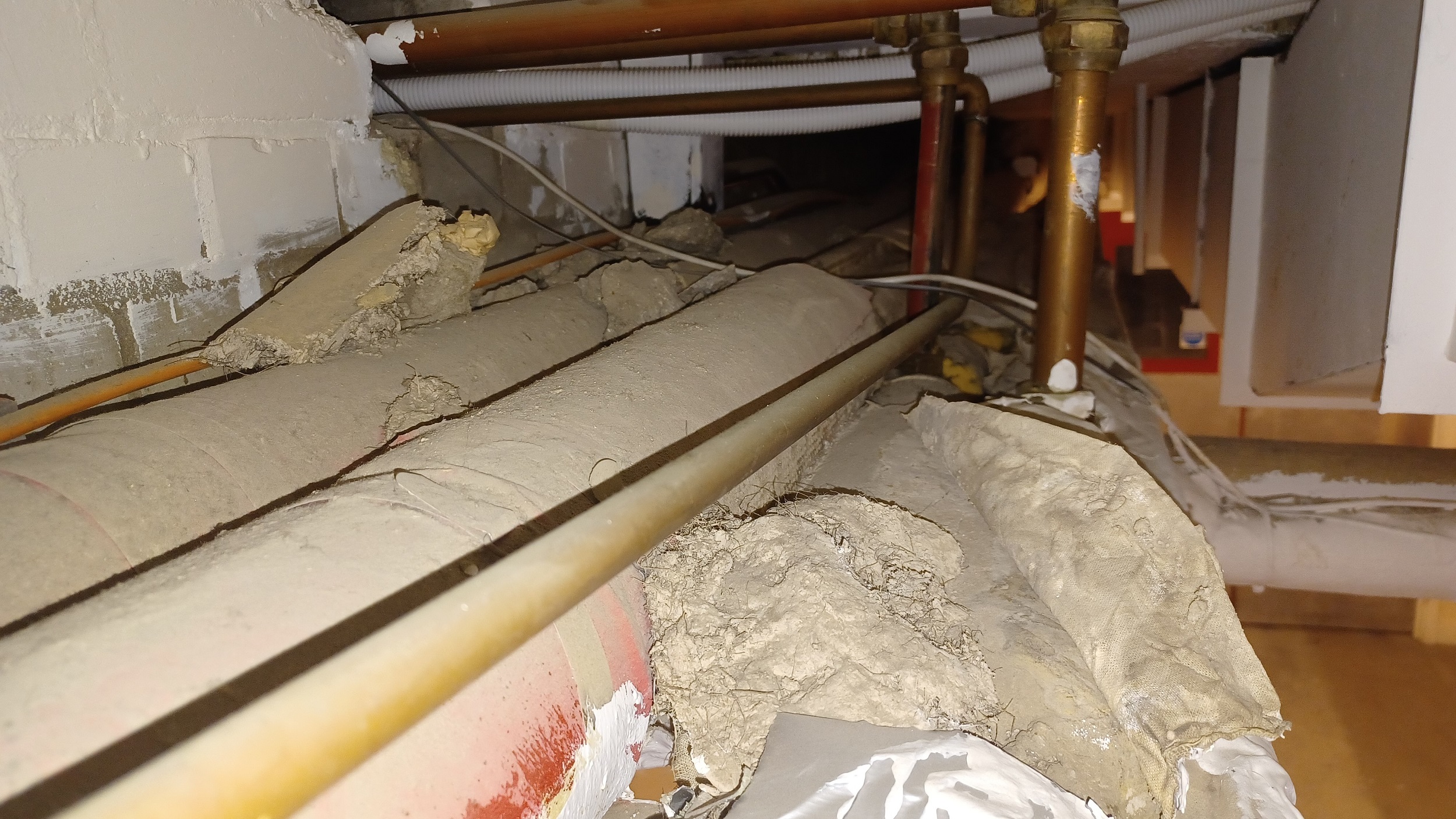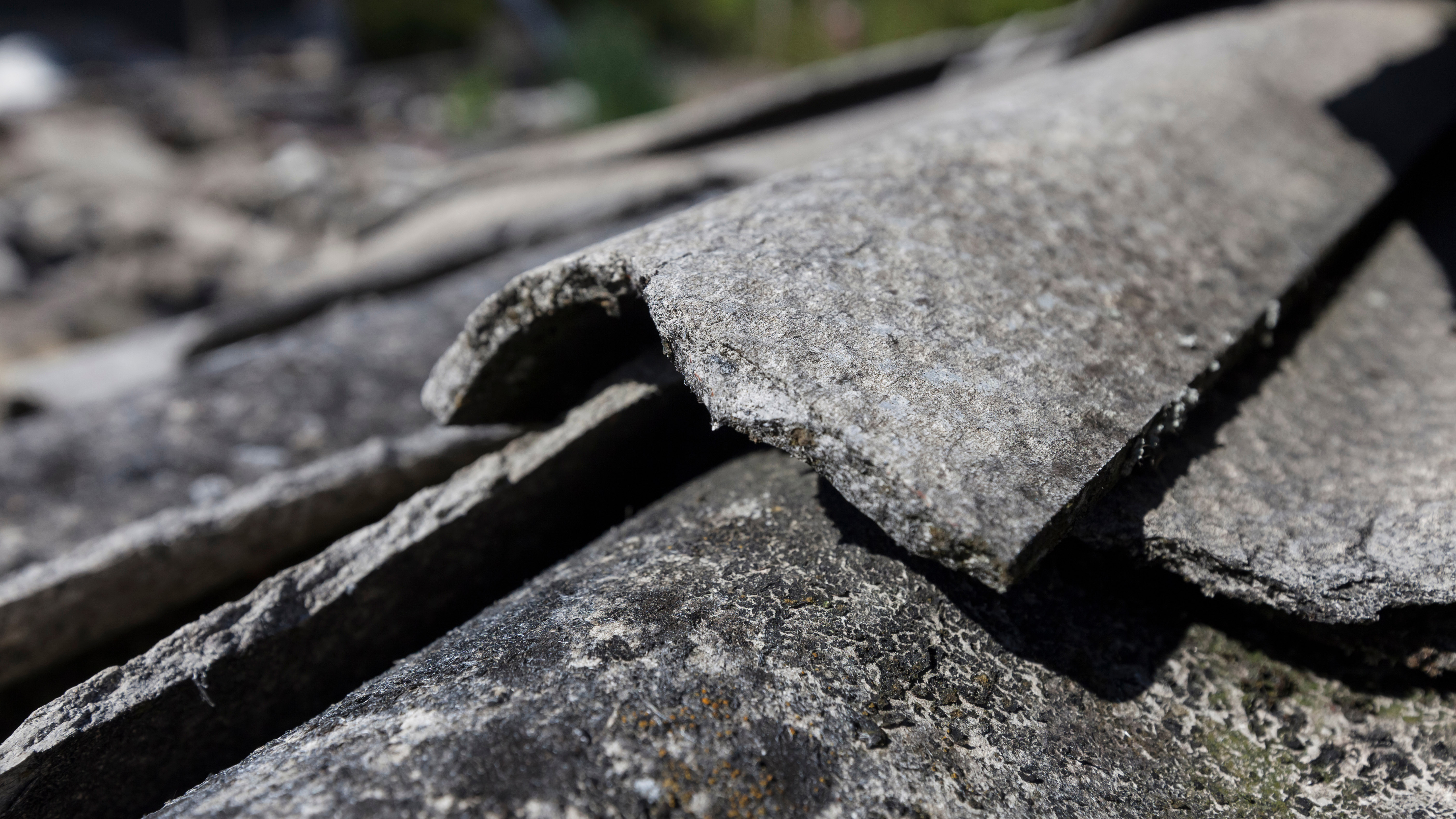
We still lack a clear understanding of the extent of asbestos in buildings in the UK – and more importantly the associated risks.
As part of the recent Commons Work and Pensions Committee review into asbestos management in the UK, the Health and Safety Executive (HSE) estimated that 300,000 non-domestic buildings contain asbestos.
However, this contradicts the HSE's own findings in paragraph 226 of the Control of Asbestos Regulations 2012: post implementation review, which states there could be more than 1m small businesses with asbestos in their buildings.
The scale of the issue lies in the fact that asbestos was not fully banned in the UK until November 1999, which means that any building constructed or refurbished before that date could contain asbestos.
The legacy issues associated with use of the material will persist, and asbestos-related deaths will continue into the distant future.
With pre-2000 shops, pubs, NHS premises and schools together amounting to more than 400,000 buildings, it is highly likely that a significant percentage of these contain asbestos.
In light of this, the HSE's 300,000 estimate appears overly optimistic, at best. If more than 1m small businesses could be affected, when we also take into account all the common areas of domestic blocks built before 2000 – plus various other structures, such as bridges and street furniture referenced in HSE's Managing and working with asbestos: Control of Asbestos Regulations 2012. Approved Code of Practice and guidance, as well as the public-sector properties – then the true figure could be considerably higher.
Should we not therefore have a more realistic inventory of asbestos in the UK – one that could also include domestic properties? Although dutyholders are required to maintain a register of asbestos on the premises they control, this information is not centrally registered.
Currently, if the government wished to assess the risk of asbestos in schools, for example, it would be impossible to do so since the information is dispersed across different locations and exists in various formats.
Establishing a centralised register would address this issue and provide a clearer understanding of asbestos-related risks and their impact on UK properties.
Better understanding needed of specific risks
Asbestos is not just a single material or product. It encompasses a variety of minerals turned into a range of products, with a diverse array of uses.
Even an individual product, such as asbestos insulation board, can have a wide range of uses, and the risk to building occupiers differs with each. For instance, the risk will clearly be greater where the board is on the surface of a fire door than if it is contained in its core.
While current research and modelling of asbestos-related deaths such as mesothelioma emphasise a gradual decline in numbers, the fact remains that the annual death rate from asbestos still stands at around 5,000.
To better understand our asbestos risk and improve our management practices, we need to improve our methods of data collection and provide better guidance to those responsible for buildings on how to manage these materials.
This is emphasised by HSE's recent school inspection programme, which identified that 7% of the schools inspected failed to manage the asbestos effectively.
Of greatest concern is that this failure occurred despite the HSE's efforts to raise awareness, including a campaign targeting schools in which officials arranged visits in advance to ensure dutyholders would be available on the day of the inspection.
While 7% might not initially appear to be a significant figure, it represents a potential 2,000 schools and up to 1m pupils – not to mention many thousands of staff – being exposed to risk where asbestos isn't being managed effectively.
Leaving asbestos in place no longer viable
HSE's stance has long been that dutyholders should leave asbestos alone and only remove it where necessary, due to the associated risks. However, this approach doesn't consider that asbestos-containing materials, like all building products, deteriorate over time.
Some asbestos products are difficult to maintain, and in these instances the preferred action should be removal. However, the 'leave and manage' approach is often considered the default option until larger planned works are undertaken.
This approach partially explains why it is possible to find sprayed asbestos in schools and asbestos boarding in warm-air heating systems. Knowing the location of these materials would enable focused risk assessments.
The recent concern about failing reinforced autoclaved aerated concrete (RAAC), and the estimated £20bn of backlog maintenance required in the NHS estate, would suggest that the strategy of leaving and managing asbestos is no longer viable – especially when combined with additional retrofitting associated with achieving the country's net-zero requirements.
We therefore need to encourage dutyholders to be more proactive.
The licensing of contractors to carry out asbestos removal has been in place now since 1983. But if HSE believes that such work is still not being done safely, it stands to reason that more resources should be directed towards enforcement.
Indeed, if we were to look at asbestos work that doesn't require a licence – even where the HSE must be notified about it – few, if any, site assessments are undertaken by non-licensed contractors.
If the concern is that the standards of work are not good enough, then more resources need to be made available to HSE to conduct additional inspections.
Crucial to gaining a better understanding of this risk is knowing where all the asbestos is.

Damaged asbestos insulation © Thames Laboratories
National database remains vital despite issues
In September, the government rejected a petition calling for a national asbestos database and the phased removal of the material for buildings.
Taking advice from the HSE, the government said that removing asbestos could release asbestos fibres, increasing the risk of exposure. Therefore, it would only 'advocate more proactive removal of asbestos from buildings if there is compelling evidence that the increase in exposure for workers removing asbestos is justified in terms of reduced risk to building users'.
This is a baffling stance to take, given that the HSE itself licenses contractors responsible for asbestos removal, and these contractors follow HSE-drafted guidelines when carrying out such work.
If the HSE is concerned these processes are increasing the risk of exposure, then the licensing system and its associated guidance need changing.
HSE also rejected the development of a national database for asbestos materials stating that 'it would be too complicated to achieve'.
However, the Asbestos Testing and Consultancy Association (ATaC), and the National Organisation of Asbestos Consultants (NORAC), which represent asbestos surveying companies, had already collaborated with their members to explore the possibility of creating such a database.
Asbestos survey data was collected from a limited number of organisations between October 2021 and March 2022. During this period, 100,600 buildings were inspected and 78% were found to contain asbestos.
The resultant First annual data analysis report into asbestos in UK buildings said that, by working together, asbestos firms could begin to produce a central register.
However, before commencing this process, it is important to ensure the quality of the data. Currently, individuals with minimal training and experience can act as asbestos surveyors, with entry requirements lower than those of a domestic energy assessor.
For the data in the database to be meaningful, it must come from accredited and trained personnel.
Since the report was published in November 2022, significant efforts have been made to explore ways to standardise this data to support a potential national database.
Consideration has also been given to presenting this data for property occupiers in a manner that helps them better understand the risks and manage asbestos in their properties effectively; for example, in a format similar to that of an energy performance certificate.
'Significant efforts have been made to explore ways to standardise data to support a potential national database'
Technology can support proactive approach
Analysts are currently working to review historic asbestos survey data, with the goal of standardising terminology and risk assessment approaches.
By using this data alongside cluster analysis, it may be possible in the future to identify areas with higher asbestos risk.
To better understand the financial and long-term health risks associated with asbestos, we must first comprehend the scale and risk of the material. With advances in data collection and management, this is now becoming possible.
What is needed now is an agreement to develop a more proactive and robust approach to reduce our asbestos legacy and risk for future generations.
John Richards is managing director of asbestos consultancy Thames Laboratories, and a member of the RICS Asbestos Working Group
Contact John: Email
Related competencies include: Health and safety, Legal/regulatory compliance, Risk management

